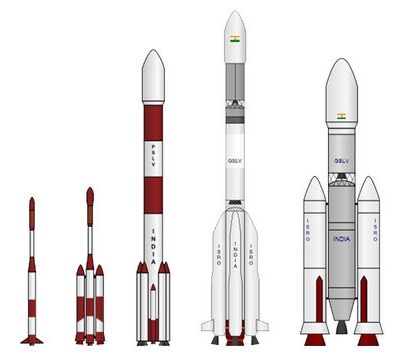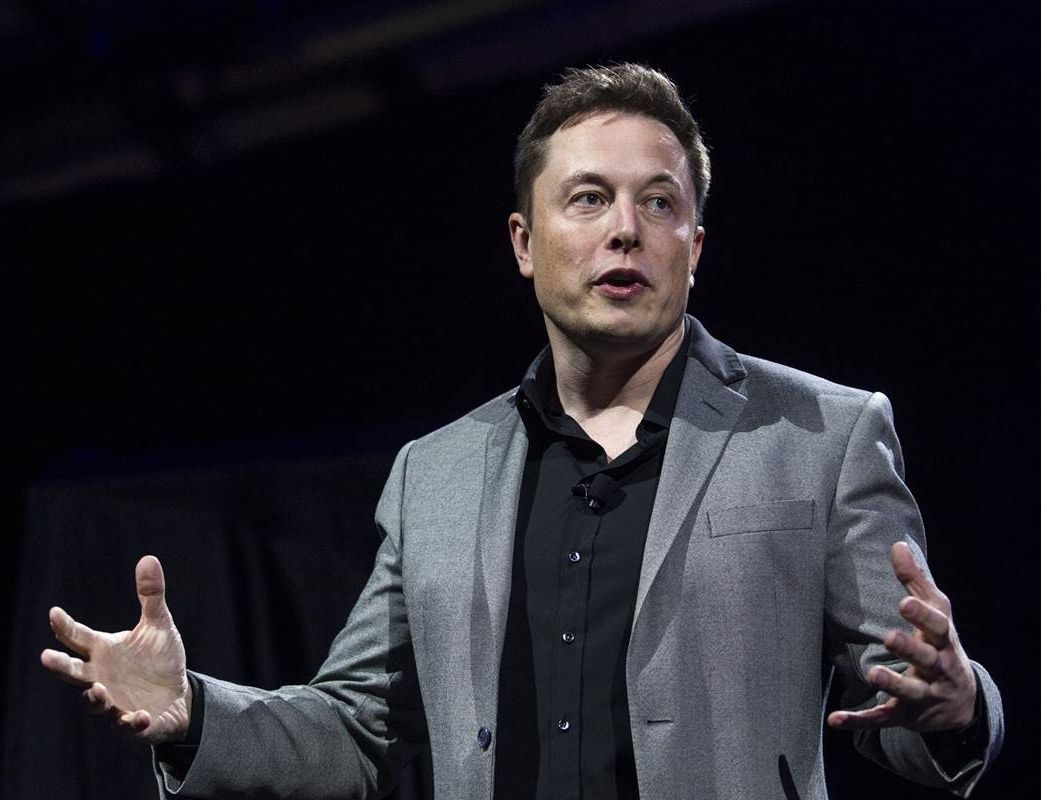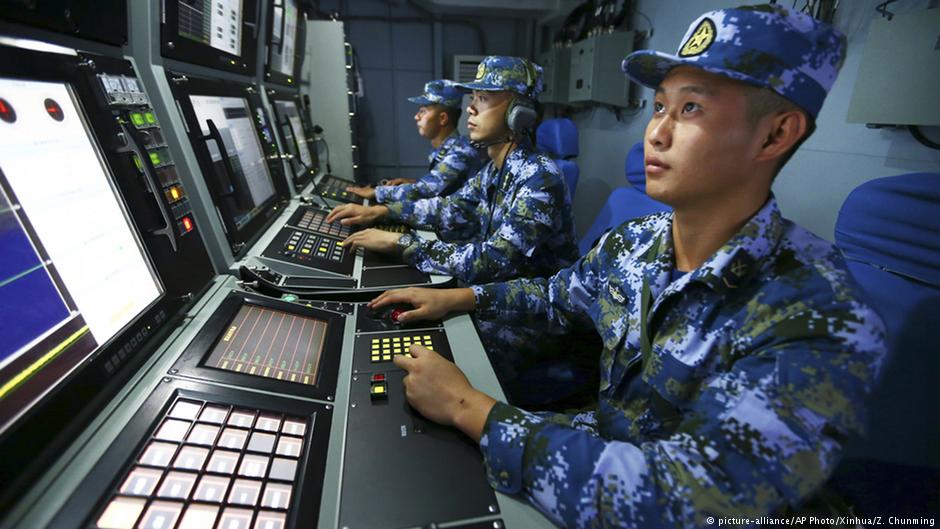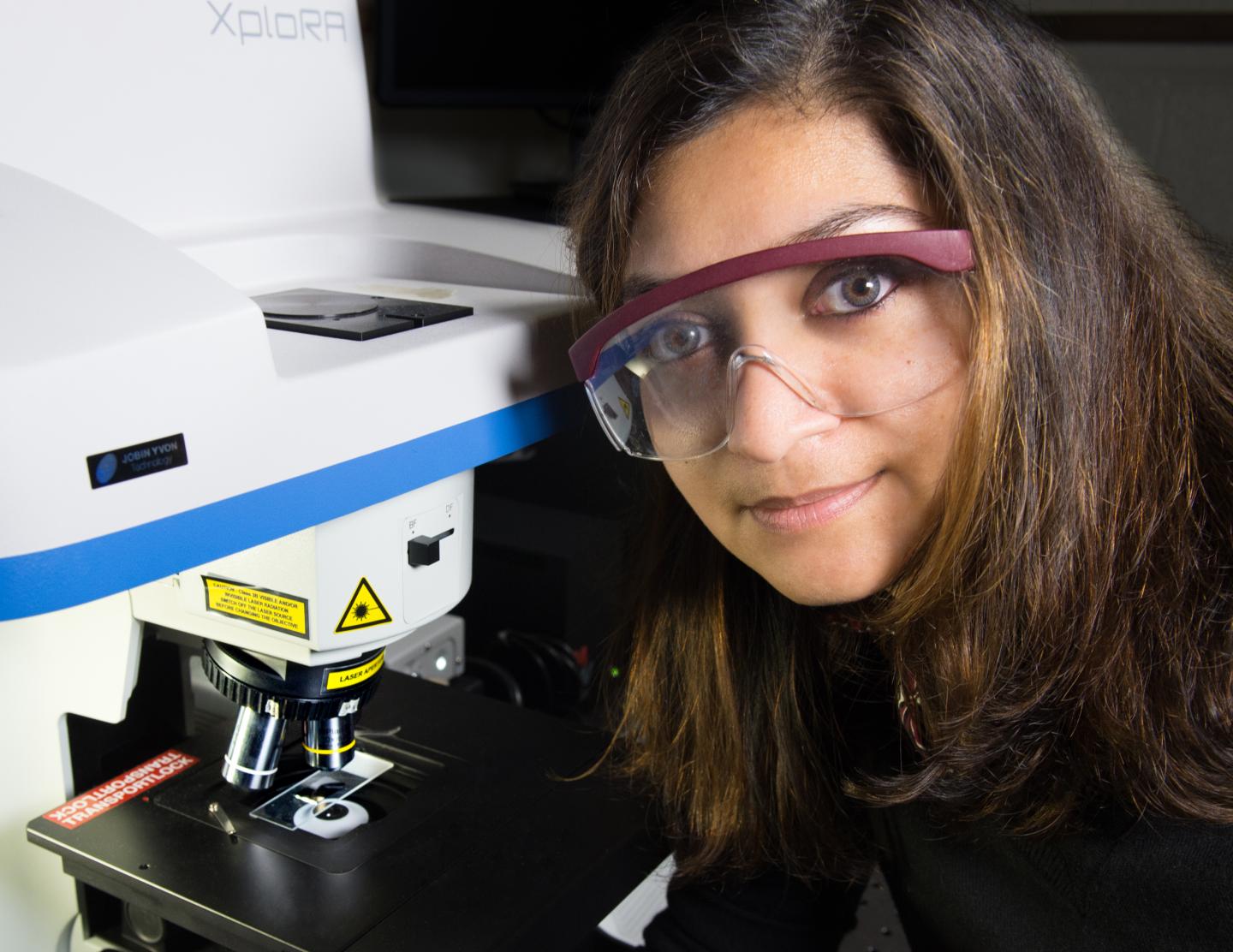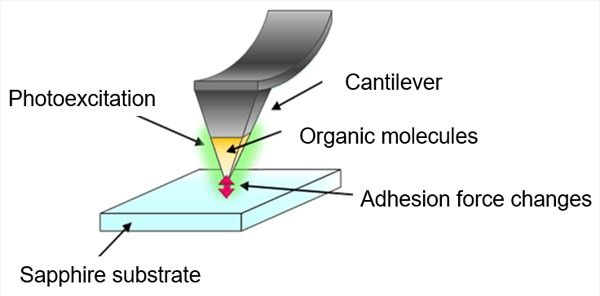Page 10894
Feb 14, 2017
Space race between India, China, Japan heats up
Posted by Karen Hurst in category: satellites
(CNN) — Forget the US versus Russia. The real space race is taking place in Asia.
India’s space agency will attempt to launch 104 satellites from a single rocket Wednesday — a record feat that, if successful, will cement the country’s space smarts after its successful Mars orbiter mission.
The launch would almost triple the current record of 37 satellites Russia sent into orbit in 2014.
Continue reading “Space race between India, China, Japan heats up” »
Feb 14, 2017
Russian spy ship sighted off coast of Delaware
Posted by Karen Hurst in category: futurism
The Russian spy ship, the SSV-175 Viktor Leonov, is sailing in international waters off Delaware, a U.S. defense official says.
Feb 14, 2017
Introducing the Human-Machine ‘Centaur’ for Cancer Care
Posted by Karen Hurst in category: biotech/medical
Cancer care delivery has been mostly unchanged for the past 50 years but now needs a new model, a centaur, say Stanford University academics.
Feb 14, 2017
Elon Musk sees critical role for cyborgs
Posted by Karen Hurst in categories: biotech/medical, cyborgs, economics, Elon Musk, government, internet, life extension, quantum physics, robotics/AI, security
Wish he & a couple of others would join this ranks that others are on which makes way more sense plus benefits the masses tremendously. Musk needs to join others in their work to enhance humans via Quantum Biosystems as this work is already showing signs of success across multiple areas such as anti-aging, disease elimination, intelligence & communications, security, reduction in costs of healthcare & social programs, advancements in new creative innovations in technology & medicine, new industry new growth/ economic expansion, elimination of starvation, etc.
How can humans stay relevant in an age of artificial intelligence? Elon Musk thinks cyborgs are the answer.
The Tesla and SpaceX CEO discussed the need for a “merger of biological intelligence and digital intelligence” during a talk on Monday at the World Government Summit in Dubai, CNBC reported.
Continue reading “Elon Musk sees critical role for cyborgs” »
Feb 14, 2017
China’s military progress challenges Western dominance, says IISS
Posted by Karen Hurst in category: military
Chinese military technology is reaching “near-parity” with the West, a new report from the London-based think tank IISS has found. Western dominance in advanced military systems can no longer be taken for granted.
China accounted for a third of Asia’s military spending in 2016 and was looking to sell more arms abroad, the International Institute for Strategic Studies (IISS) said in a report on Tuesday.
China’s overall defense budget last year was $145 billion (137 billion euros), 1.8 times higher than South Korea and Japan combined. China’s spending was topped only by the United States which spent $604.5 billion (572 billion euros) on defense in 2016.
Continue reading “China’s military progress challenges Western dominance, says IISS” »
Feb 14, 2017
NASA and MIT Collaborate to develop space-based quantum-dot spectrometer
Posted by Karen Hurst in categories: nanotechnology, quantum physics, space
A NASA technologist has teamed with the inventor of a new nanotechnology that could transform the way space scientists build spectrometers, the all-important device used by virtually all scientific disciplines to measure the properties of light emanating from astronomical objects, including Earth itself.
Mahmooda Sultana, a research engineer at NASA’s Goddard Space Flight Center in Greenbelt, Maryland, now is collaborating with Moungi Bawendi, a chemistry professor at the Cambridge-based Massachusetts Institute of Technology, or MIT, to develop a prototype imaging spectrometer based on the emerging quantum-dot technology that Bawendi’s group pioneered.
Feb 14, 2017
K-Chains – Blockchain Protocols Based On Quantum Mechanics
Posted by Karen Hurst in categories: bitcoin, economics, internet, quantum physics
Not shocking to see; wonder how long this fact finally came out; as when you review much of the research and application of blockchaining that it is not hard to figure out that as more and more QC goes online; we would need a way to bridge block chaining environments to QC.
Quantum mechanics have ignited a transformational change in the way we envision the world and utilize technology. Economics is one of the prominent fields throughout which Quantum mechanics can be deployed. Quantum mechanics can be utilized to create a novel class of blockchains. A new paper has just been published exploring the possibilities of building blockchains on the basis of Quantum mechanics. It discusses how Quantum mechanics can be ideally deployed to build a new class of blockchains.
Quantum based blockchains, known as K-Chains, have a group of advantages over classical blockchains including communication of transactions at a Faster-Than-Light (FTL) speed, unlimited capacity of the network and an innovative offline blockchain that needn’t be connected to the internet for transactions to be executed. Extrapolation of these possibilities can lead to the creation of Quantum Turing Machines that rely on the Quantum Blockchain (K-Chain) technology. Real time data and communication protocols that span across distances of “light years” will be possible.
Continue reading “K-Chains – Blockchain Protocols Based On Quantum Mechanics” »
Feb 14, 2017
Promising New Technique Uses Stem Cells to fix Bone Damage
Posted by Karen Hurst in category: biotech/medical
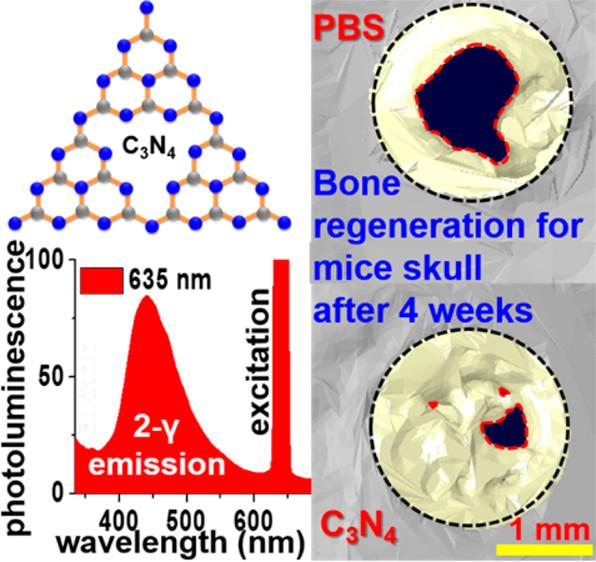
https://youtube.com/watch?v=Buf16_802kI
New work has demonstrated that bone injuries can be repaired using a sheet of a carbon compound that has photocatalytic characteristics, and combining it with stem cells derived from human bone marrow. These developments could lead to new treatments that can exert a powerful positive effect on skeletal fractures or periodontal disease. Check out the short video below that summarizes the findings in the report, which was published in the journal ACS Nano.
The scientists found that a chemical sheet made of carbon nitride, which absorbs red light, can support the growth of bone cells — osteogenic differentiation — because of the activation of a molecule that promotes gene expression. That molecule is a transcription factor called runt-related transcription factor 2 or Runx2. The absorption of red light and the emission of fluorescence by the carbon nitride sheets accelerates bone regeneration. It seems that when the sheets are exposed to red light in liquid conditions where cells are growing, electrons are released, which stimulates the accumulation of calcium in cell cytoplasm.
Continue reading “Promising New Technique Uses Stem Cells to fix Bone Damage” »
Feb 14, 2017
Controlling Friction Levels through On/Off Application of Laser Light
Posted by Karen Hurst in category: materials
A NIMS research group led by Masahiro Goto, Distinguished Chief Researcher, Center for Green Research on Energy and Environmental Materials, and Michiko Sasaki, postdoctoral researcher, Center for Materials Research by Information Integration (currently a postdoctoral fellow at the University of Tokyo) discovered that the amount of friction force between organic molecules and a sapphire substrate in a vacuum can be changed repeatedly by starting and stopping laser light irradiation. This discovery could potentially lead to the development of technology enabling the movement of micromachines and other small driving parts to be controlled.
The performance of micromachines—used as moving components in small devices such as acceleration sensors and gyroscopes—is greatly affected by adhesion force (the attractive force between two or more materials that stick to each other). Adhesion force in a micromachine increases the friction force. Since increased friction force seriously impedes the movement of moving components, it is necessary to maintain a low level of adhesion force. In addition, if the level of friction force can be controlled, it may be feasible to control the movement of micromachines, leading to expansion of their use and enhancement of their functions. A great deal of attention was previously drawn to techniques enabling silicon-based materials, a major micromachine material, to be coated with diamond-like carbon, self-assembled monolayers, or fluorine-containing organic films in order to reduce friction force and thereby improve the movement of micromachines.

